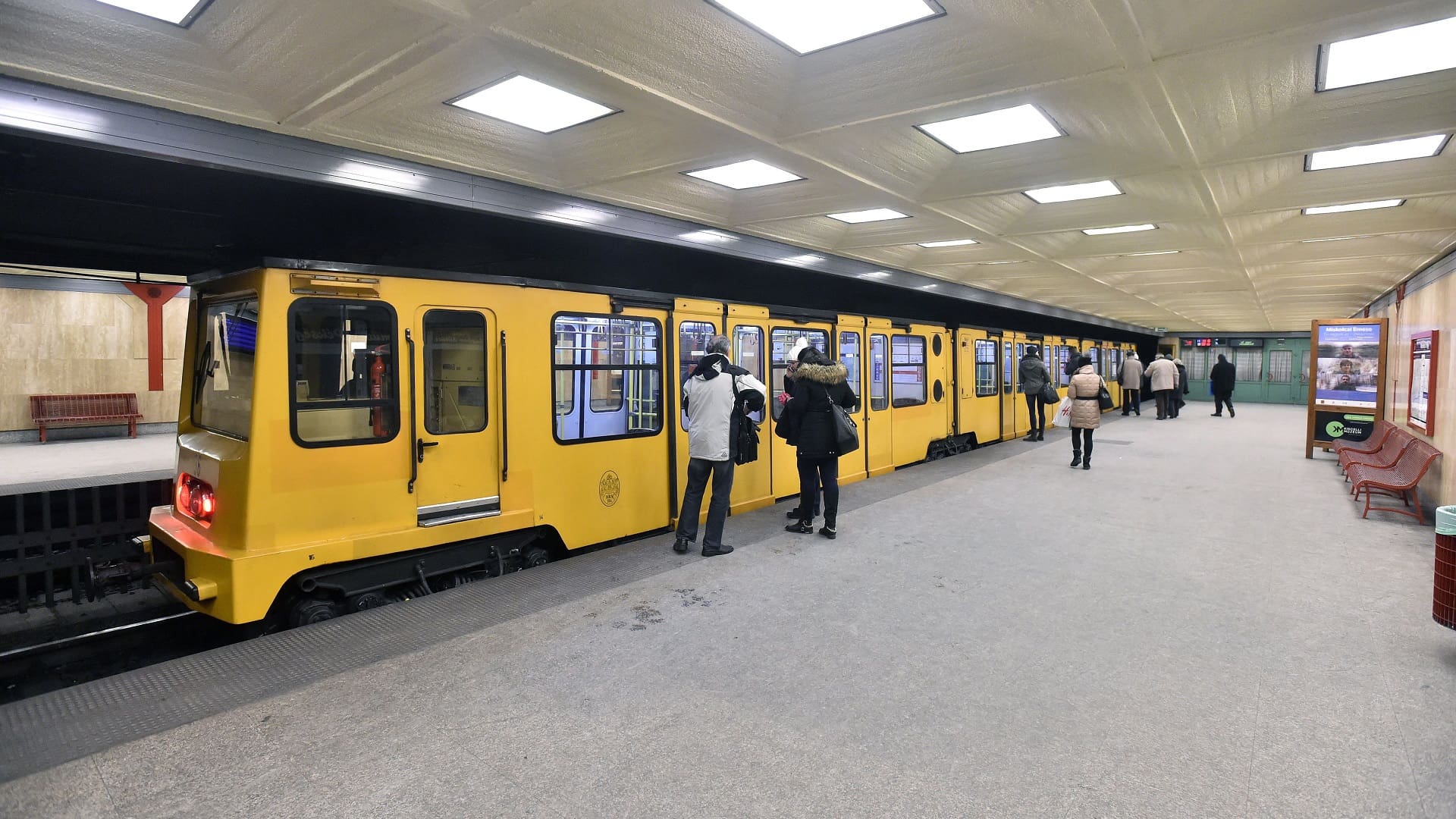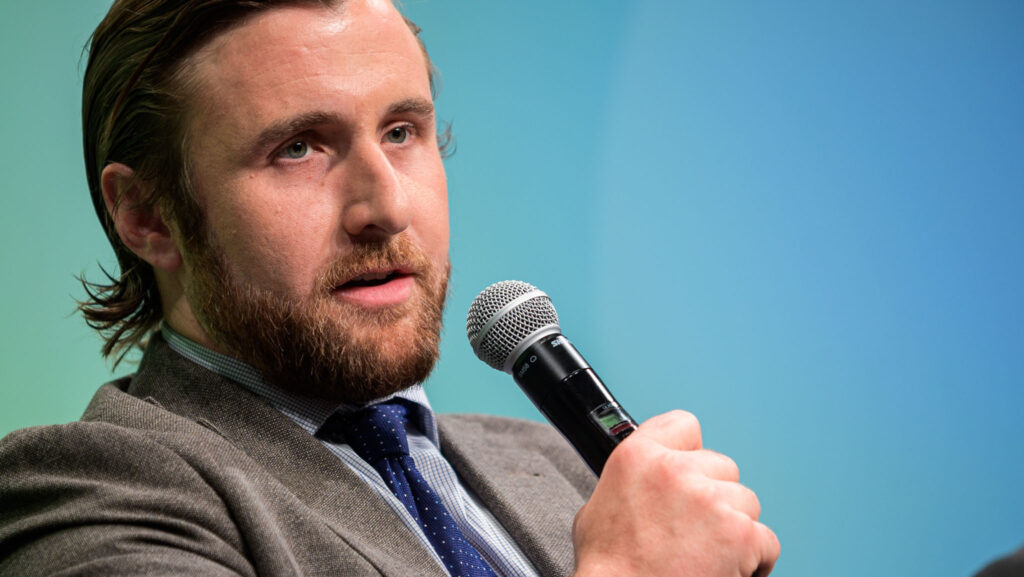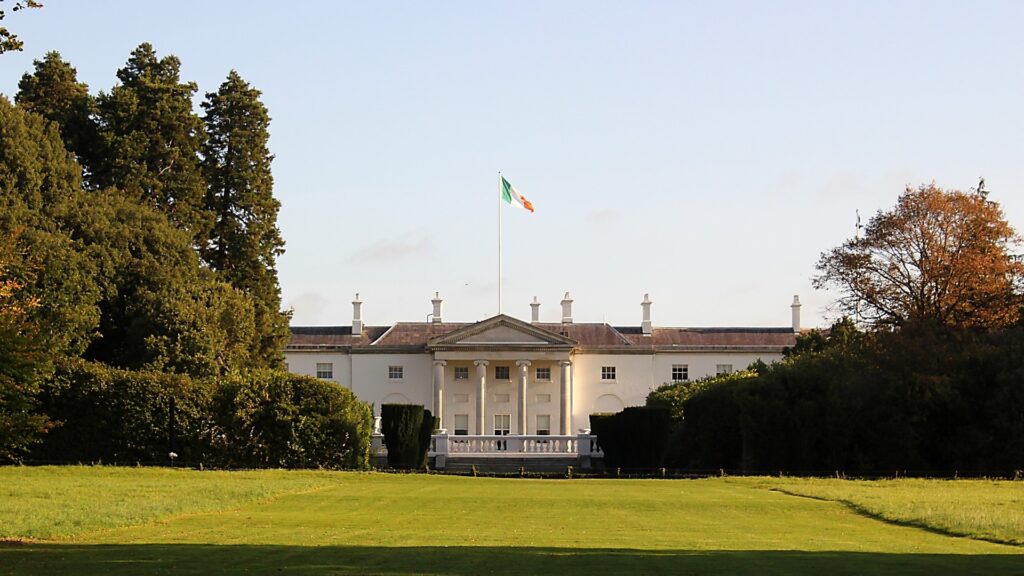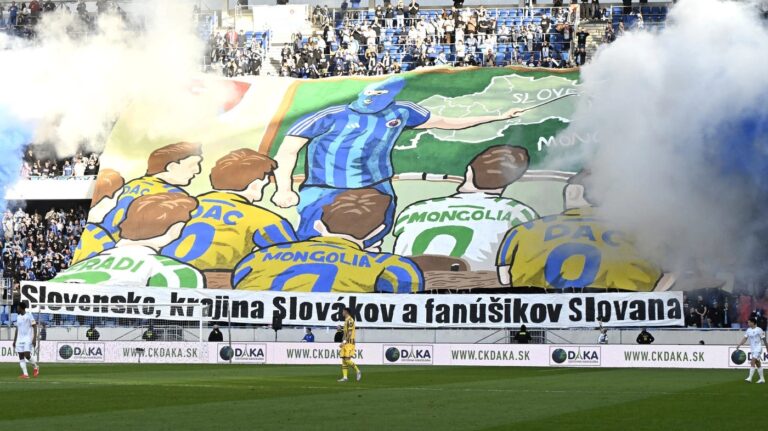The American cable news channel CNN is not one that you would expect to be overly generous with Hungary in their coverage. It is a bona fide leftist mainstream outlet, never shy about describing Prime Minister Viktor Orbán of Hungary as an ‘authoritarian leader,’ as they did during the coverage of his meeting with former President Donald Trump back in March.
However, there are aspects of Hungarian life that they are impressed with after all, as evidenced by a piece published on their website also in March.
They listed the 18 best metro systems in the world, among them, Budapest’s Metro Line 1.
It is common knowledge among Hungarians that it was the first underground railway line in continental Europe. It was completed in 1896, 33 years after the London underground opened in 1863. CNN also notes this fact, writing:
‘Hungarian engineers were among the earliest pioneers of electric-powered technology in the late-19th century, not least in the field of railways. Although London opened the first underground railway (see above), it initially employed conventional steam trains. It fell to Budapest to build the world’s first electrified underground subway system.’
Budapest’s M1 line was also first to use an overhead wire system, as opposed to a ground level contact rail to supply electricity for the trains.
Known as ‘Kisföldalatti’ (meaning ‘Small Underground’) by Budapest locals, Metro Line 1 is still in operation. The line runs on the Pest side of Budapest, between Mexikói Way (near the City Park) and Vörösmarty Square (near the famous shopping street Váci Street). It also has a stop at the Széchenyi Thermal Bath. The train carts are yellow, and the line is typically denoted in that colour on maps as well, thus you can also hear locals refer to it as ‘the yellow metro’ at times.
The CNN.com piece also goes a little more into the history of the line, writing:
‘Designed to carry city dwellers to the park without spoiling the elegant streetscape with tramcars and power lines, the line has seen many changes over the last 120 years but its tiny trains still carry around 80,000 riders a day as part of a wider four-line network expanded between 1970 and 2014.’
The article ends with the entry about the Budapest metro line, which some in the Hungarian media interpreted as though it was ranked #1 on the list. However, nothing in the piece suggests that the order is based on any sort of ranking, subjective or objective.
Other metro lines that made the list include the London Underground, the Beijing Metro, the New York City Subway, the Moscow Metro (another surprising choice based on current world events), the Kyiv Metro, the Paris Métro, and the Hong Kong Mass Transit Railway.
Related articles:








